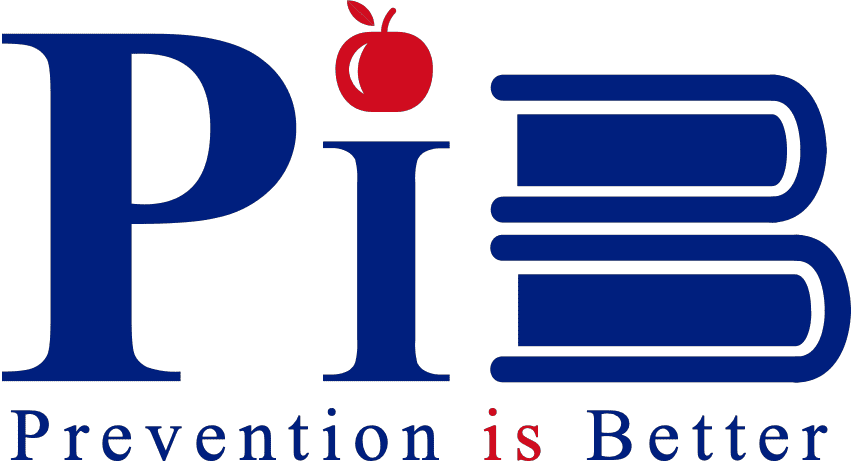What’s the social norms theory and how does it work in prevention education?
Social norms theory states that people tend to overestimate the occurrence of negative behaviours and underestimate the occurrence of positive behaviours. By misperceiving that these negative behaviours are the ‘norm’, people are more likely to engage in them, but in reality, the negative behaviours are occurring much less than people realize.
What does this mean for substance use prevention education? Here is a good example. Ask yourself, among United States high school students (17-18 years old), what percent have EVER used an illicit substance? First, pick a number in your mind. Ready? Ok, about 10% have EVER used an illicit substance, which means, that 90% have NEVER used an illicit substance. In classes, younger students (ex, freshman age 13-14) almost always overestimate the amount of use by older students. Frequently they say things like ‘they are all doing it’ or ‘everyone gets high’. When the facts are shown to them, that, in this case, the vast majority, 90% of students NEVER engage in illicit substance use.
By changing perceptions about negative behaviours, showing the reality of the positive behaviours that are occurring and providing accurate information based on science, perceptions can be changed. Most importantly, studies show that, by changing perceptions, behavior can be changed. Through the social norms theory, and showing the positive behaviuors which occur, over time, harmful substance use in the community can decreased.
Want to know more, watch the attached video for more info and examples.

Ryan has a breadth of experience in communications and training. He has been delivering drug prevention training for nearly 20 years. He shares his first hand experiences to help others understand how to recognize and avoid addictive behaviours.
